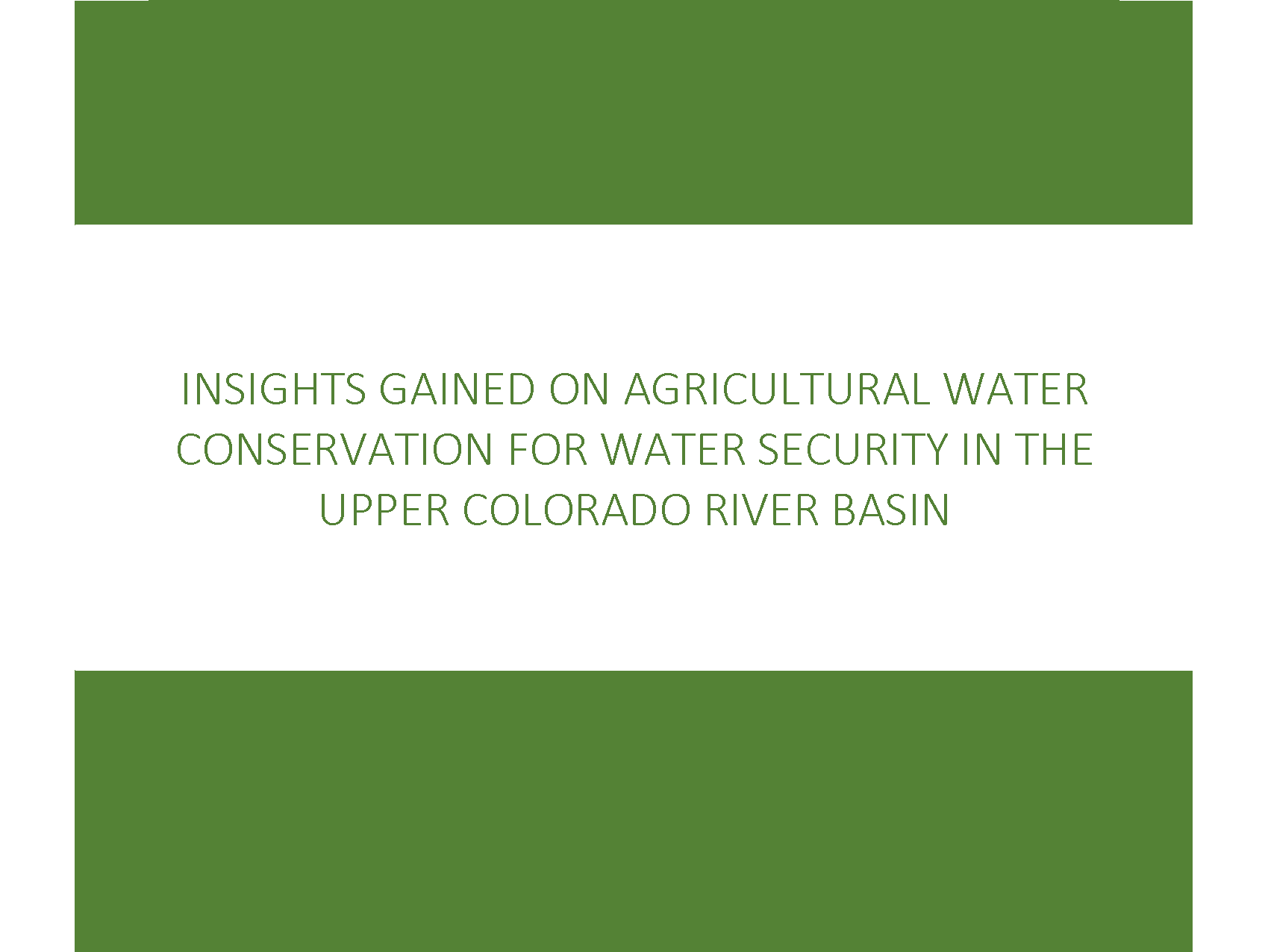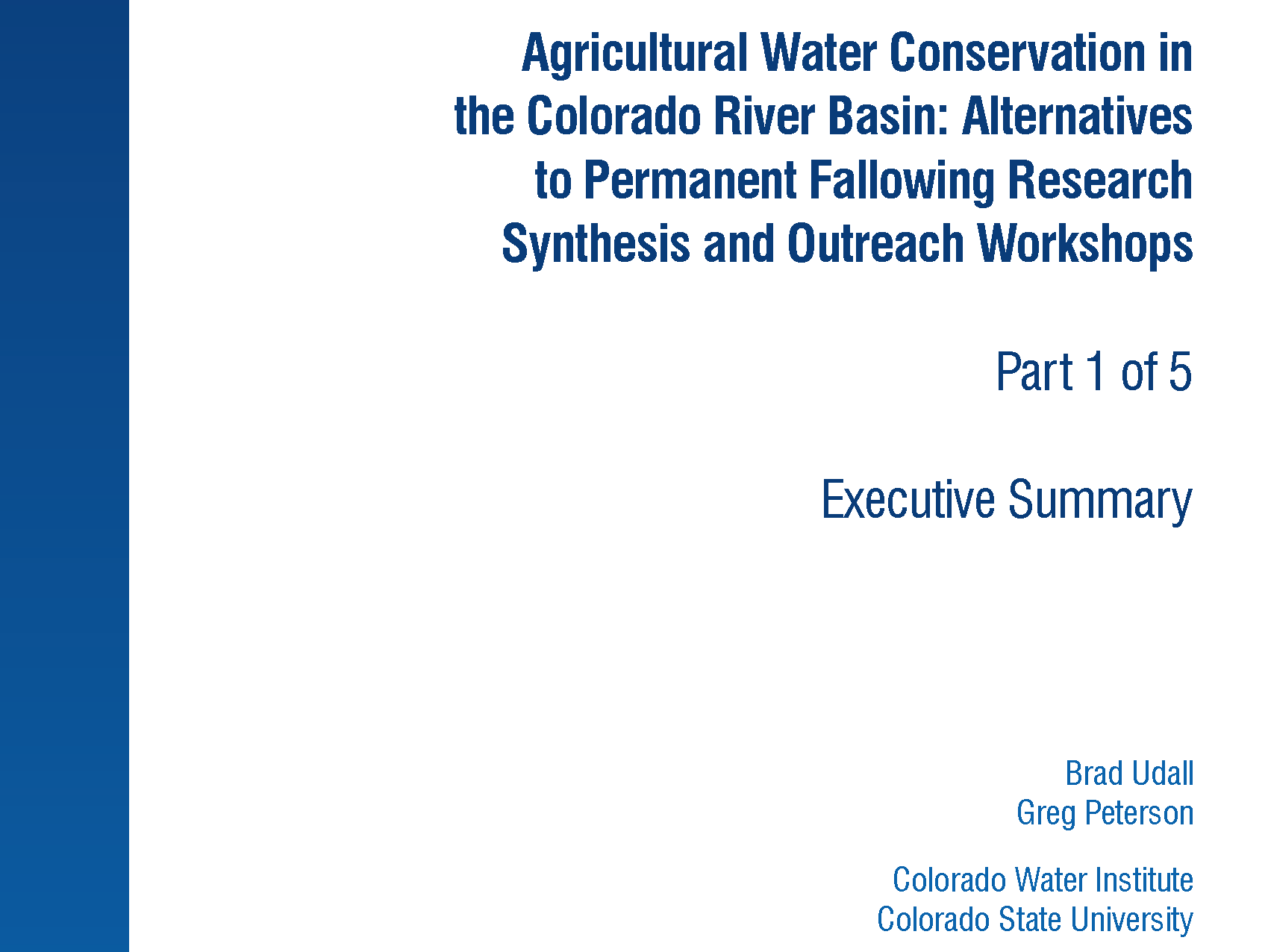solutions
Adapting Farming and Ranching to Hotter, Drier Conditions
Why Adapting Farming and Ranching Matters
The Colorado River and its tributaries irrigate more than five million acres of farmland, delivering food and fiber nationwide and anchoring the economies of many rural communities. But lower water availability, erratic weather patterns, and higher temperatures combined with inefficient, aging irrigation infrastructure are reducing yields, stymying agricultural profits, and over-stressing rivers and the life that depends on them.
As the largest water user in the Colorado River Basin, irrigated agriculture has a lot to gain from targeted investments in resilience strategies. By investing in these or similar opportunities now, agricultural producers and communities will be better able to adapt to increasingly hot and dry conditions and less reliable water supplies while sustaining the socioeconomic and environmental benefits of working farms and ranches.
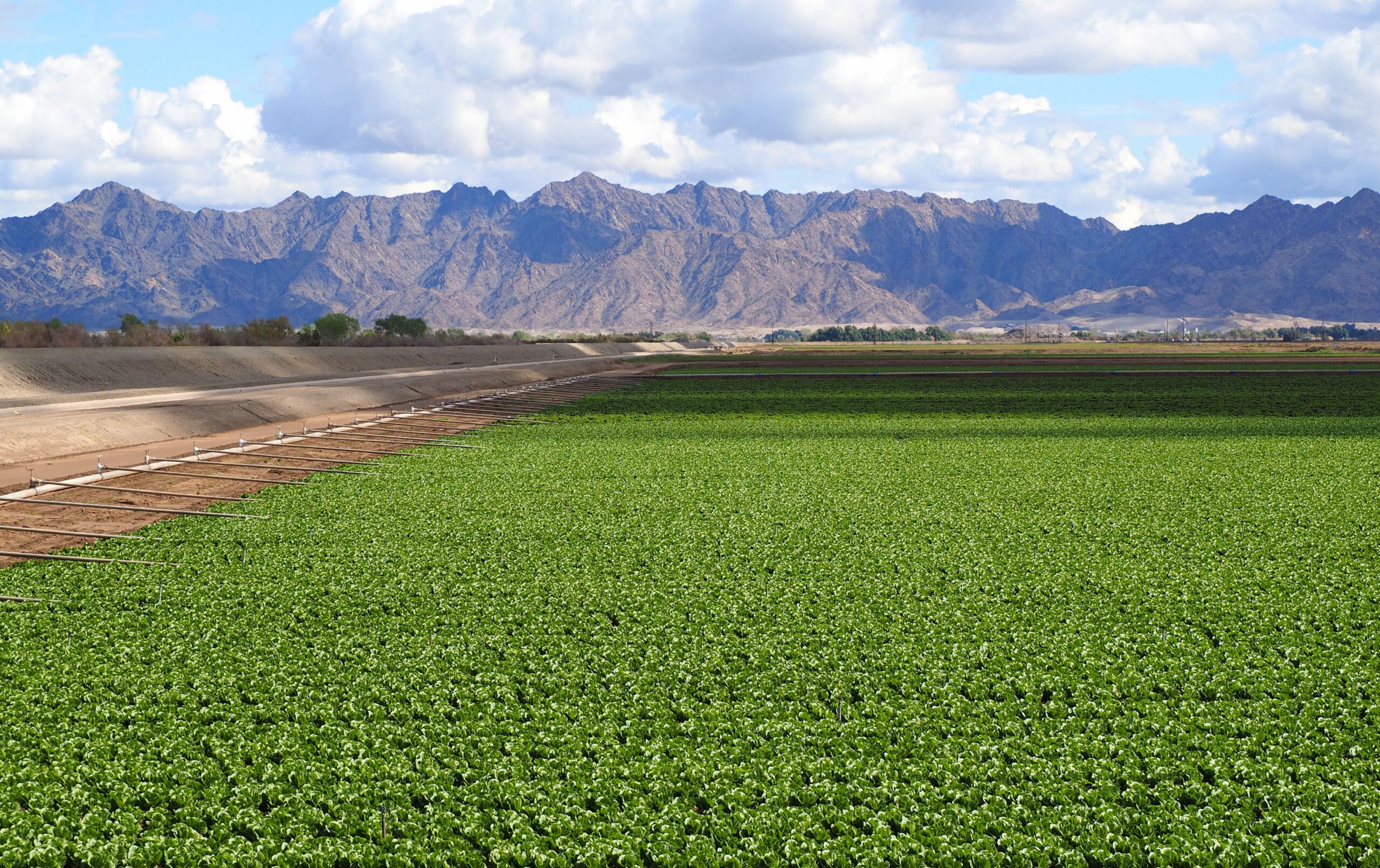
How To Adapt Farming and Ranching to Hotter, Drier Conditions
- Regenerative agriculture: Regenerative agriculture involves farming and grazing practices such as no-till agriculture, diverse crop rotations, and intensive grazing rotations that protect soil health and ultimately increase soil moisture, water retention, and carbon sequestration. These types of practices can minimize the amount of water application that is necessary to sustain productive crops.
- Upgrading agricultural infrastructure & operations: Investing in more up-to-date irrigation infrastructure can range from installing check structures in canals to replacing seasonal instream push-up dams with modern ones that allow fish passage and more precise water management. Operational improvements may include using techniques to monitor soil health and enable more precise schedules for water deliveries and diversions.
- Crop switching: Shifting to less water intensive crops or more drought resilient crops can reduce pressure on streams and aquifers and enhance producers’ ability to thrive in dry conditions.
- Voluntary & temporary fallowing: Fallowing, or the practice of not growing crops on a portion of land for one or more growing seasons, can help alleviate water supply challenges and keep water in rivers and streams. Voluntary, temporary, and compensated fallowing programs can support producers and agricultural communities facing reduced water deliveries.
What Does It Look Like on the Ground?
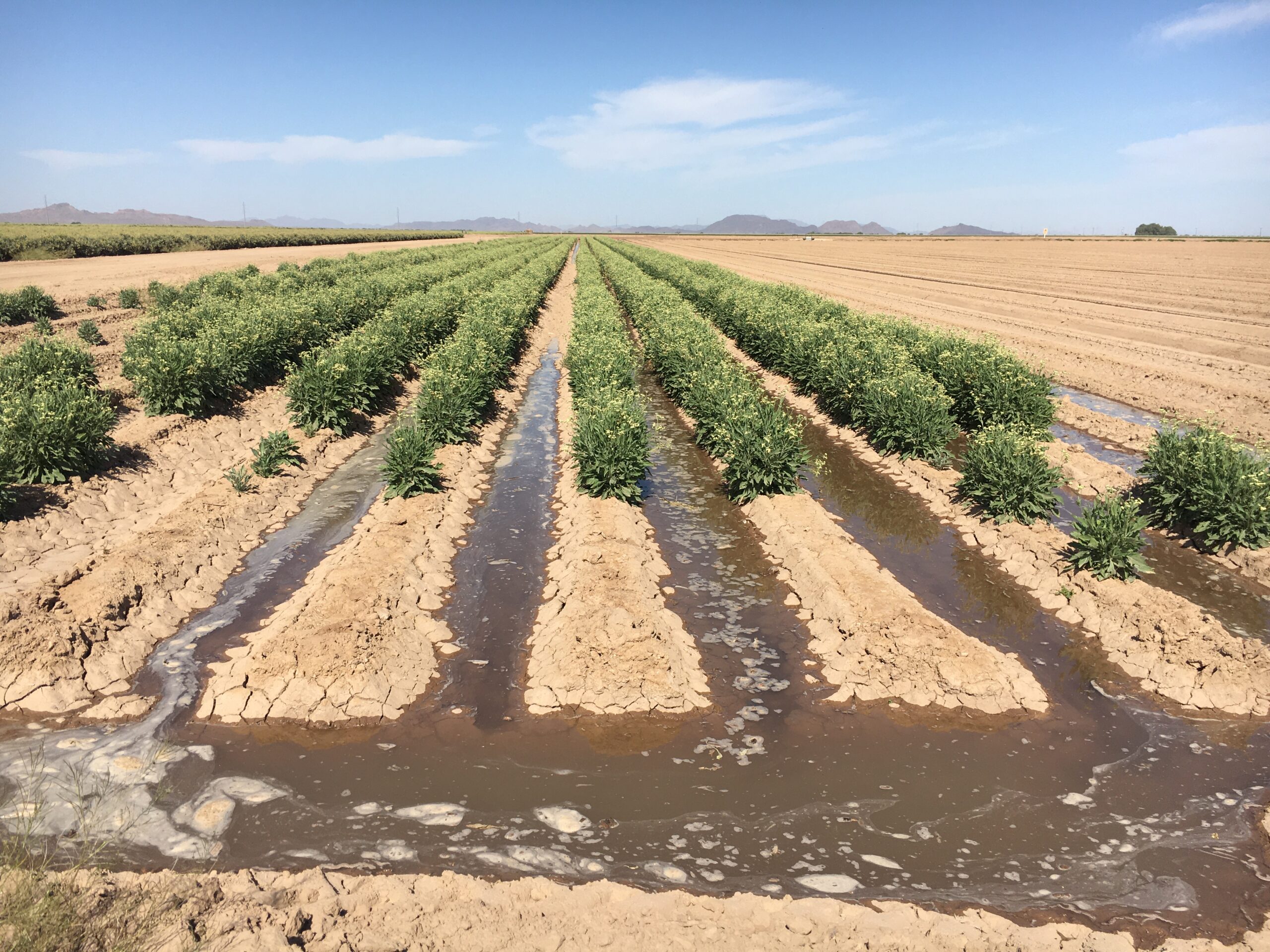
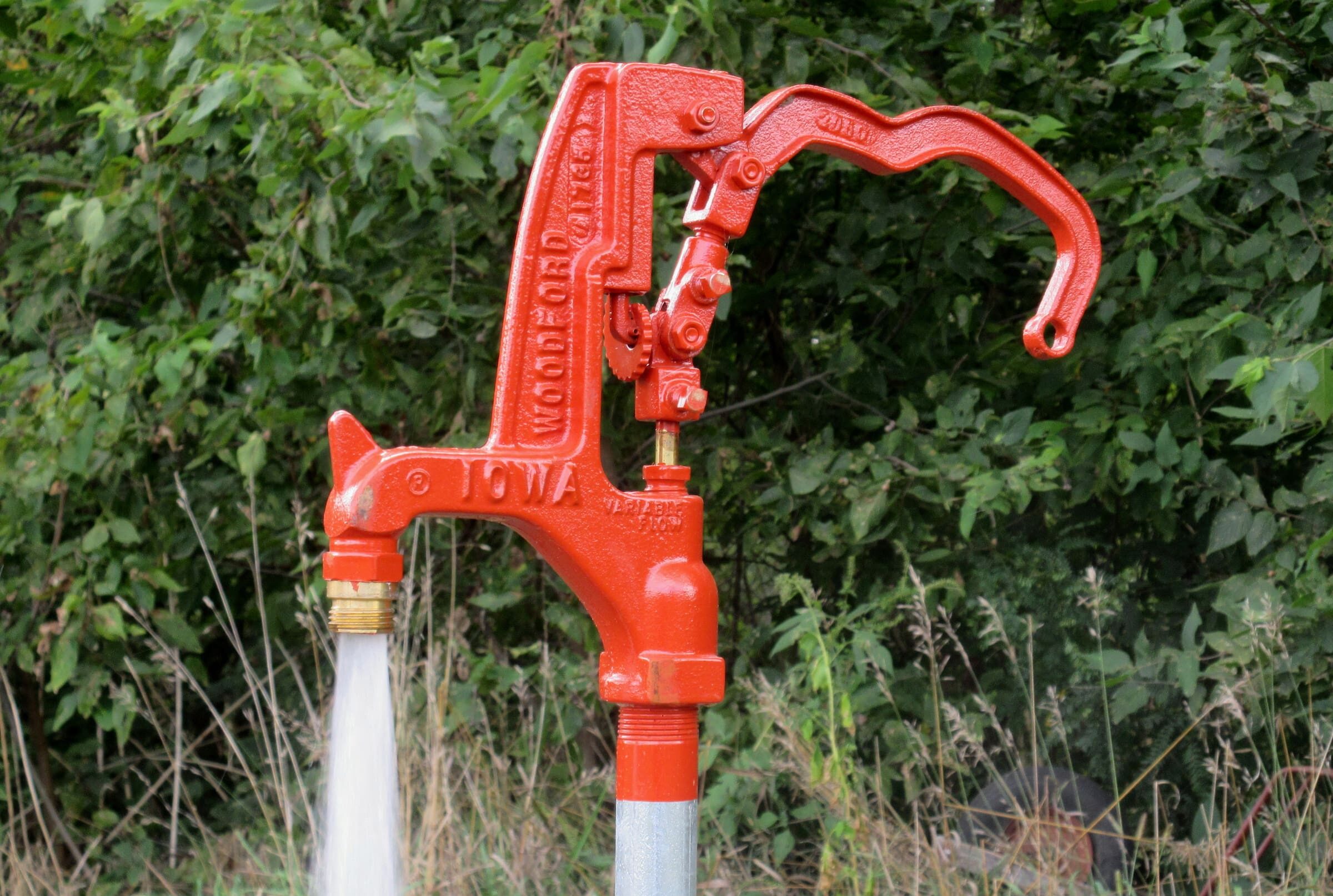
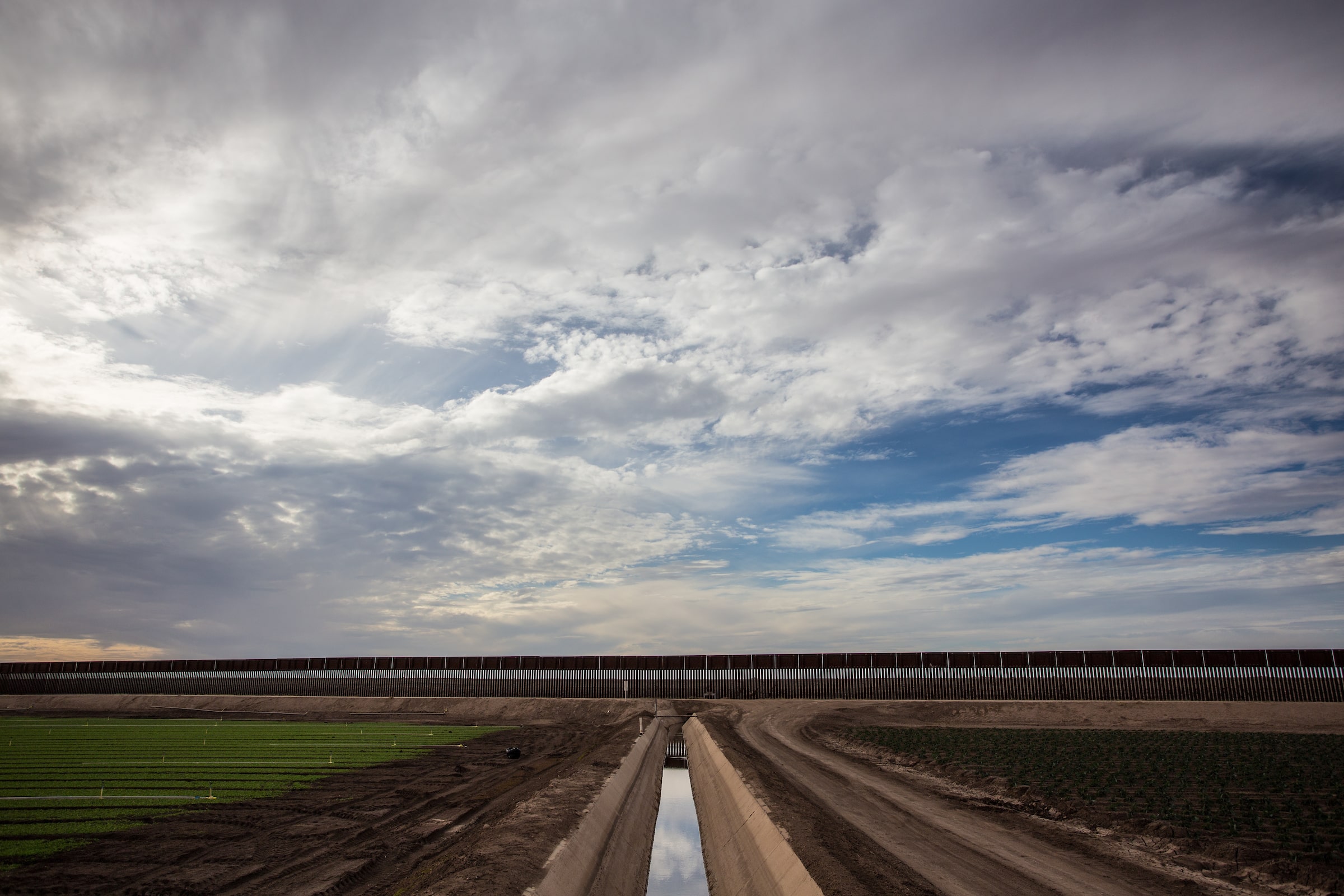
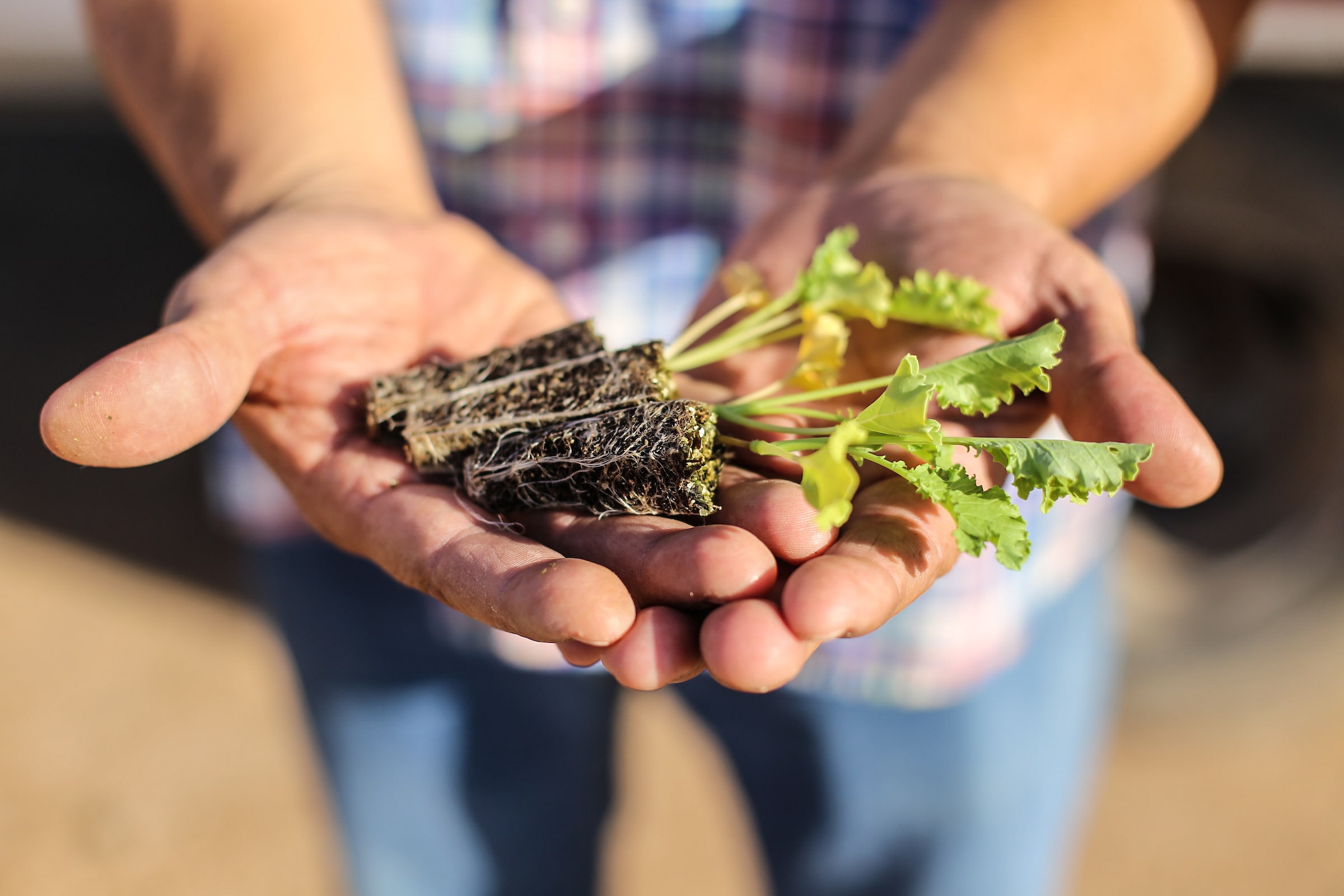
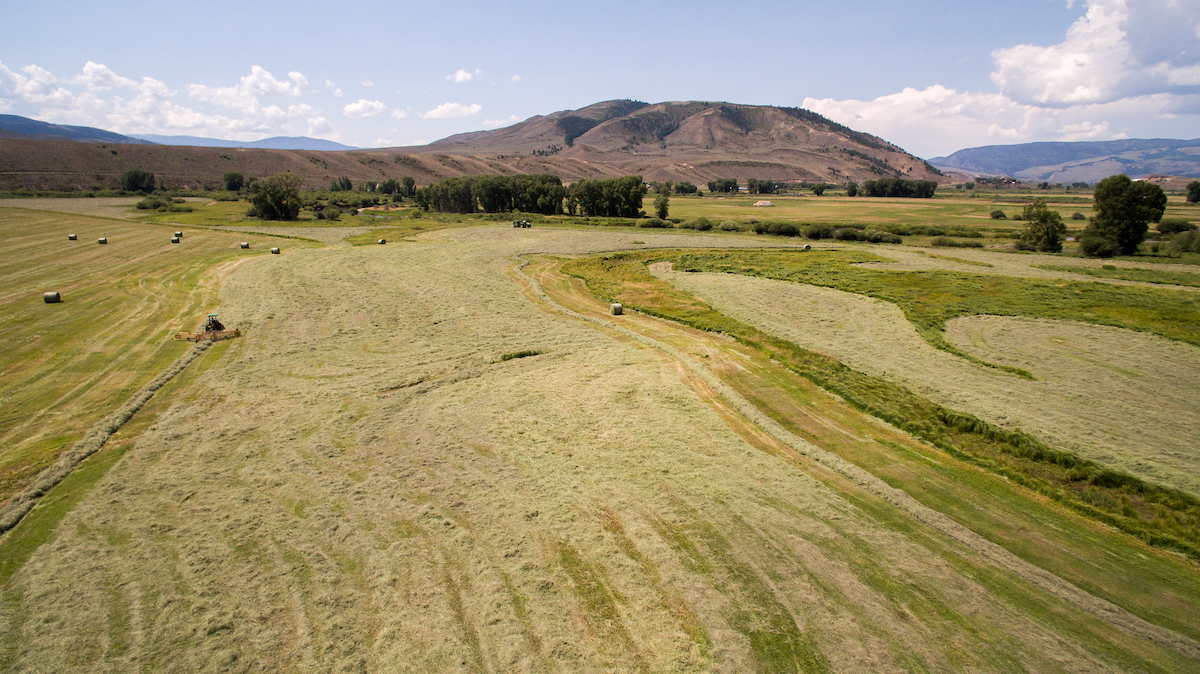
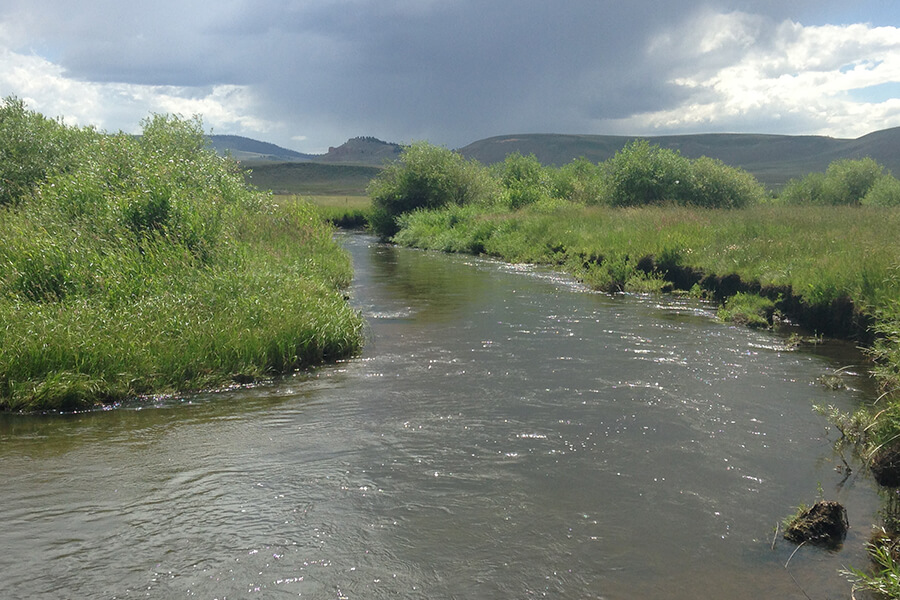
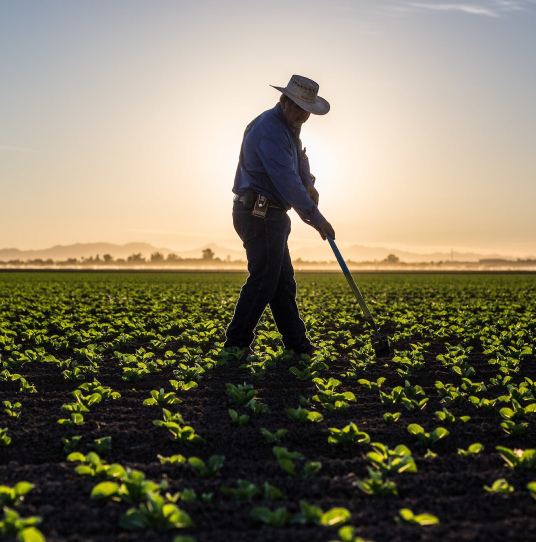
How Do We Scale It?
- Promote coordinated funding opportunities, such as grants, loans, and incentives that can support both proven solutions and more experimental pilot projects and reduce barriers, costs, and risks for agricultural producers. For example, funding should be available for activities such as subsidizing the risk of trying new crops that may or may not succeed and making upgrades to farm infrastructure and equipment that enable regenerative and conservation practices.
- Facilitate strategic conservation efforts among multiple water users on the same tributary to maximize benefits to irrigators and positive impacts on river flows and fisheries. The greater the benefits to irrigators, the more likely they will be to participate in programs that reduce water use with programs like the Regional Conservation Partnership Program and the U.S. Bureau of Reclamation’s Cooperative Watershed Management Program.
- Enable crop switching by providing support to identify and develop markets and market pathways to make less thirsty crops economically feasible options for producers. Viable market pathways, research, and technical assistance are all vital to support success with new crops.

